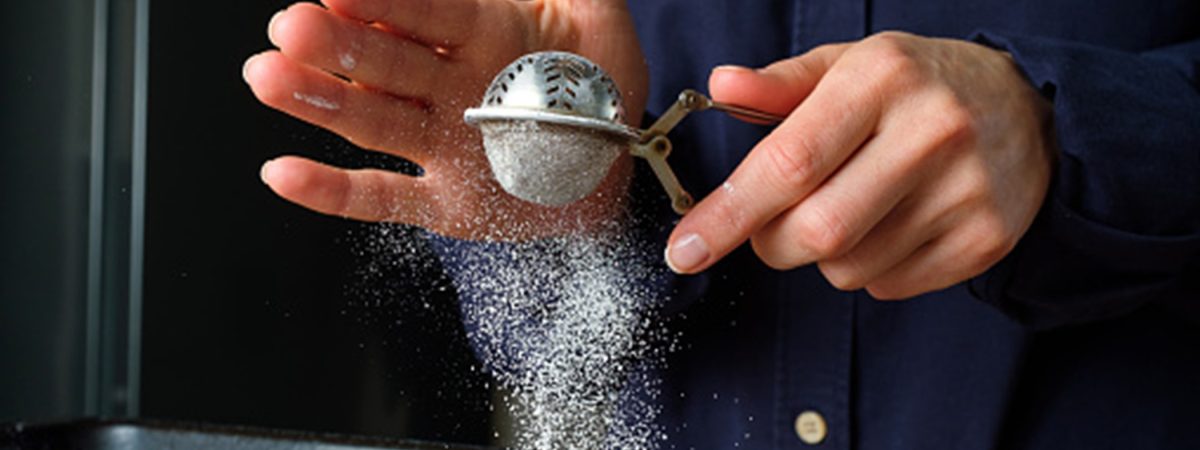Sportaza Casino 100 Free Spins Bonus 2024 No maximum or...
Read More- +234 816 717 6778
- Download our Brochure
- View our Government Approval Letter

We all know what it feels like to have high blood sugar levels after indulging in a sweet treat. But what many people don’t know is that having blood sugar levels that are too high or too low can be dangerous, even life-threatening.
A recent study found that a shocking number of seniors are suffering from dangerously high blood sugar levels, putting them at risk for serious health problems. If you’re a senior or provide care for one, it’s important to be aware of the signs and risks associated with high blood sugar.
In this blog post, we’ll take a closer look at the dangers of high and low blood sugar levels, as well as provide some tips for keeping your blood sugar levels within healthy limits. So please read on to learn more!
Your blood sugar level is a measure of the amount of sugar in your blood. Normal blood sugar levels vary depending on factors like age, activity level, and diet. However, most experts agree that a blood sugar level of less than 100 mg/dL is ideal, and a level of over 180 mg/dL is considered dangerous.
The sugar level is important for the overall health of an individual. When blood sugar levels are high, it can damage tissues and organs over time. High blood sugar levels can also lead to other health problems such as heart disease, stroke, kidney disease, blindness, and nerve damage.
People with diabetes are at a higher risk for these health problems if their blood sugar levels are not well controlled. There are many ways to control blood sugar levels, including diet, exercise, and medication.
Everyone needs to monitor their blood sugar levels regularly, especially seniors. By keeping track of your blood sugar levels, you can help to prevent dangerous high or low blood sugar levels from occurring.
If you are concerned about your blood sugar levels or have been having trouble controlling them, be sure to talk to your doctor. Together, you can develop a treatment plan that works best for you.

A blood sugar level that is too high (hyperglycemia) can cause serious health problems, including damage to your eyes, kidneys, nerves, and heart. A blood sugar level that is too low (hypoglycemia) can also be dangerous, leading to symptoms like shakiness, confusion, and even seizures.
How to manage high or low blood sugar
If you have high or low blood sugar, it’s important to take steps to bring your levels back within healthy limits. Depending on the cause of your high or low blood sugar, you may need to make changes to your diet, medication, or exercise routine. You can also ask your doctor for tips on how to best manage your blood sugar levels.
People with diabetes are at risk for dangerous high blood sugar levels if their blood sugar is not well controlled. High blood sugar can damage tissues and organs over time, leading to health problems such as heart disease, stroke, kidney disease, blindness, and nerve damage.
It’s important for everyone to monitor their blood sugar levels regularly, especially seniors. By keeping track of your blood sugar levels, you can help to prevent dangerous high or low blood sugar levels from occurring.
If you are concerned about your blood sugar levels or have been having trouble controlling them, be sure to talk to your doctor or home care agency. Together, you can develop a treatment plan that works best for you.
Low blood sugar, also known as hypoglycemia, can be dangerous and cause a wide range of symptoms. The most common causes of low blood sugar are diabetes medications and too little food or drink. It can make you feel tired, weak, and shaky. You may also feel irritable, anxious, or have trouble thinking clearly. In severe cases, low blood sugar can cause seizures or loss of consciousness.
If you experience any of these symptoms, it’s important to eat or drink something that contains carbohydrates right away. This will help to raise your blood sugar level and prevent further health problems.
Many things can cause low blood sugar levels, including diabetes medications and treatments, not eating enough food or drink, drinking alcohol on an empty stomach, and strenuous exercise without eating afterwards.
How does low blood sugar impact wellbeing
Low blood sugar can make you feel tired, weak, and shaky. You may also feel irritable, anxious, or have trouble thinking clearly. In severe cases, low blog sugar can cause seizures or loss of consciousness.
If you have high or low blood sugar, it’s important to take steps to bring your levels back within healthy limits. Depending on the cause of your high or low blood sugar, you may need to make changes to your diet, medication, or exercise routine. You can also ask your doctor for tips on how to best manage your blood sugar levels.
There are many things you can do to help manage your blood sugar levels, including making changes to your diet. Here are a few tips for managing high or low blood sugar with diet:
If you are having trouble managing your blood sugar levels with diet and exercise alone, your doctor may prescribe medication to help you stay within healthy limits. There are many different types of diabetes medications available, each with its own set of benefits and drawbacks.
Your doctor will work with you to find the medication or combination of medications that works best for you. It may take some time and trial and error to find the right treatment plan, but it’s important to stick with it in order to maintain your health.
Some common types of diabetes medications include:
Each type of diabetes medication has its own set of side effects, so be sure to discuss them with your doctor before starting any new treatment. It’s also important to let your doctor know if you experience any adverse effects while taking your medication.
One of the best ways to manage blood sugar levels is by incorporating regular exercise into your routine. Exercise can help keep blood sugar levels in check, and it’s a great way to stay healthy overall.
But it’s important to eat afterwards so you don’t get too low. Try to have a balanced meal with plenty of healthy carbohydrates, protein, and fats after you exercise. This will help your body refuel and recover properly from your workout.
There are many different types of exercises you can do to manage blood sugar levels, including cardio, strength training, and yoga. It’s important to find something you enjoy and that fits into your schedule so you’re more likely to stick with it.
If you’re just starting out, begin with 10-15 minutes of exercise per day and gradually increase the duration as you feel more comfortable. And be sure to speak with your doctor before beginning any new exercise routine.
The best way to monitor your blood sugar level depends on your situation. Some people find it helpful to track their blood sugar levels with a home glucose meter, while others prefer to just keep track of how they feel throughout the day. Talk to your doctor about what might be the best way for you to monitor your blood sugar level.
Managing diabetes can be a challenge at any age, but it can be especially difficult in old age. As we get older, our bodies may become less efficient at processing sugar, making it more difficult to keep blood sugar levels within healthy limits.
There are several things you can do to make managing diabetes easier as you get older:
Managing diabetes can be a challenge at any age, but it can be especially difficult in old age. Seeking and getting the right help and support is very important, especially in this case where you need adequate monitoring of your sugar level to avoid these dangerous tresholds.
If you are a relative of an older senior or loved ones, it is also advisable to get a caregiver that can provide in home care service, this way, you are certain that this condition is properly monitored and if there is a need to adopt a different approach at monitoring, that can be done instantly. If you want to discuss this and other challenges you or your loved one is currently experiencing, you can speak with a consultant right away by clicking on this link
Sportaza Casino 100 Free Spins Bonus 2024 No maximum or...
Read MoreTop Casino Bonuses United Kingdom And a freeroll slot tournament...
Read MoreRevolut Casino Review And Free Chips Bonus Revolut casino review...
Read MoreNova Gorica Casino Login App Sign Up The withdrawal times...
Read MoreRockgarden Homecare Agency is a standard and well-coordinated domiciliary care service provider. We offer preventive, curative, rehabilitative and palliative healthcare services to seniors in a systematic way that simulates bringing the hospital to the comfort of your home.